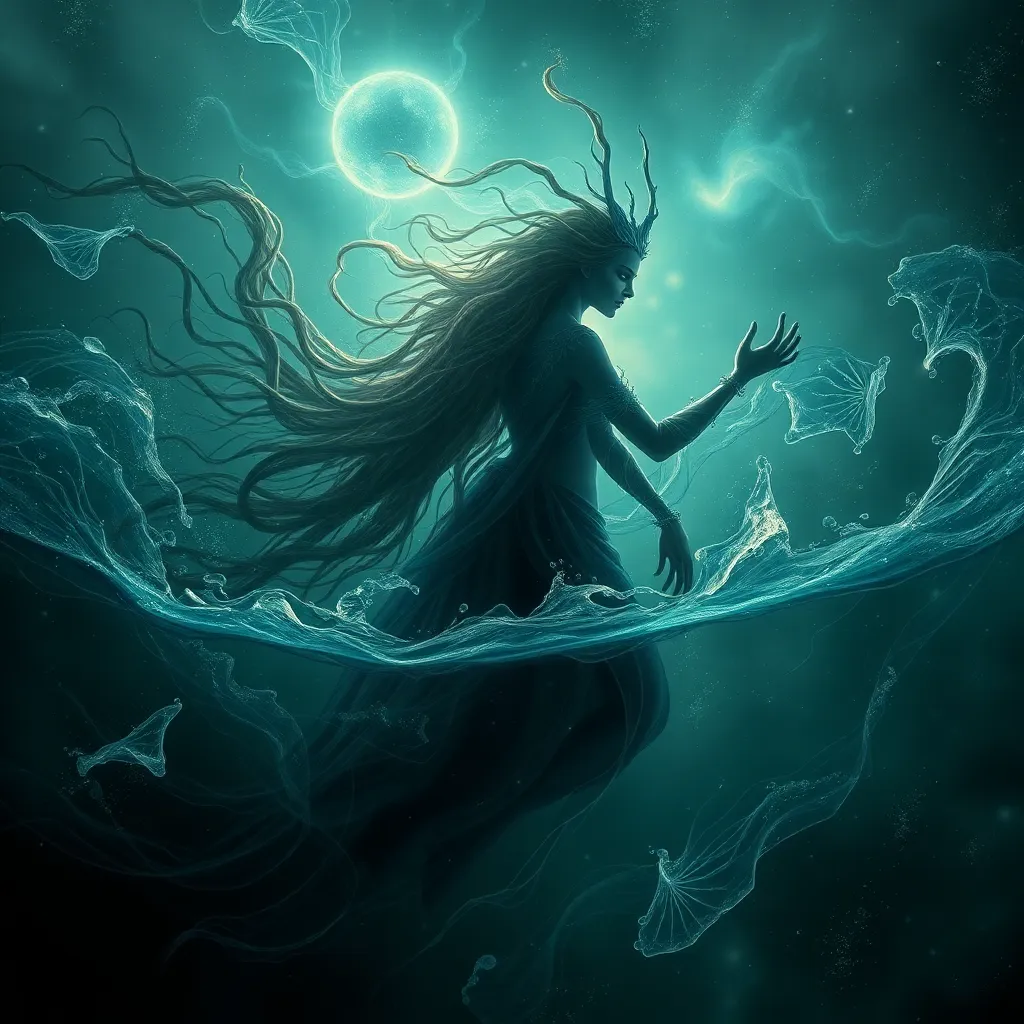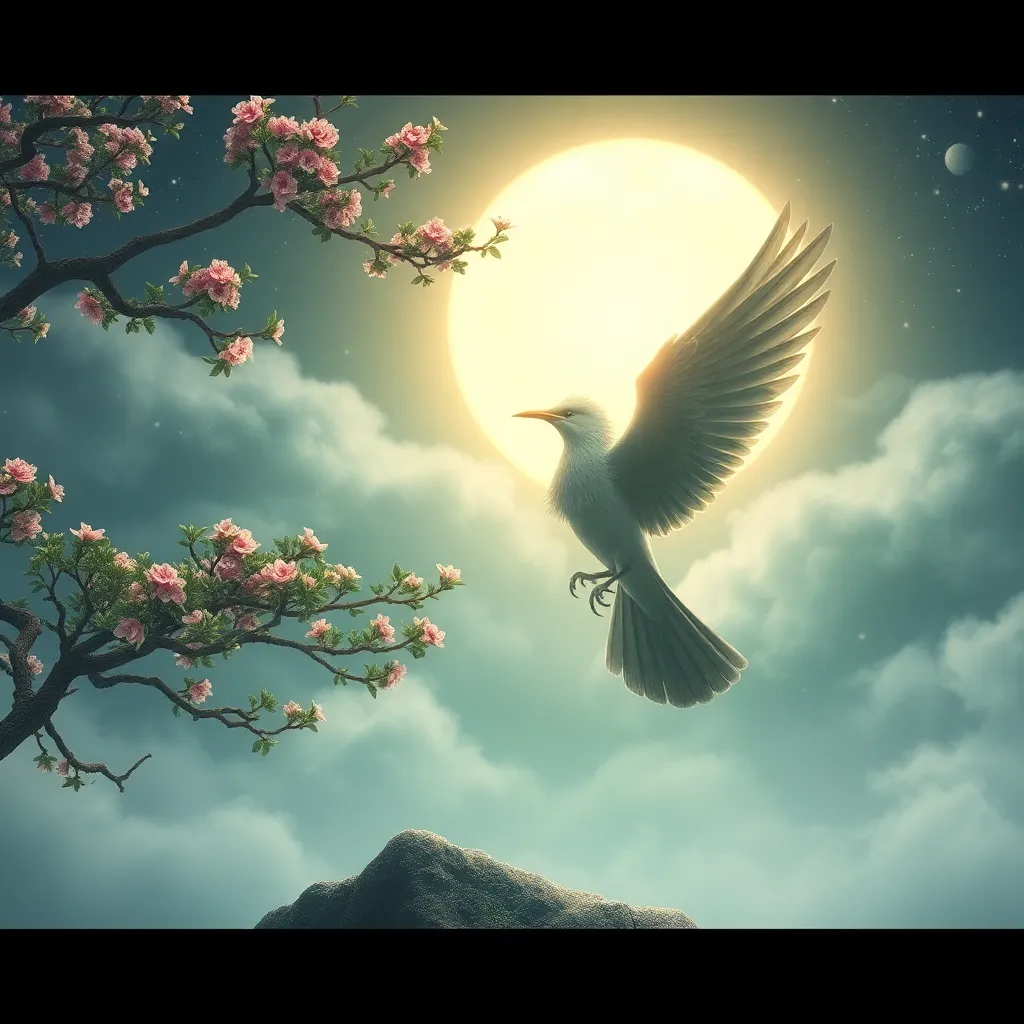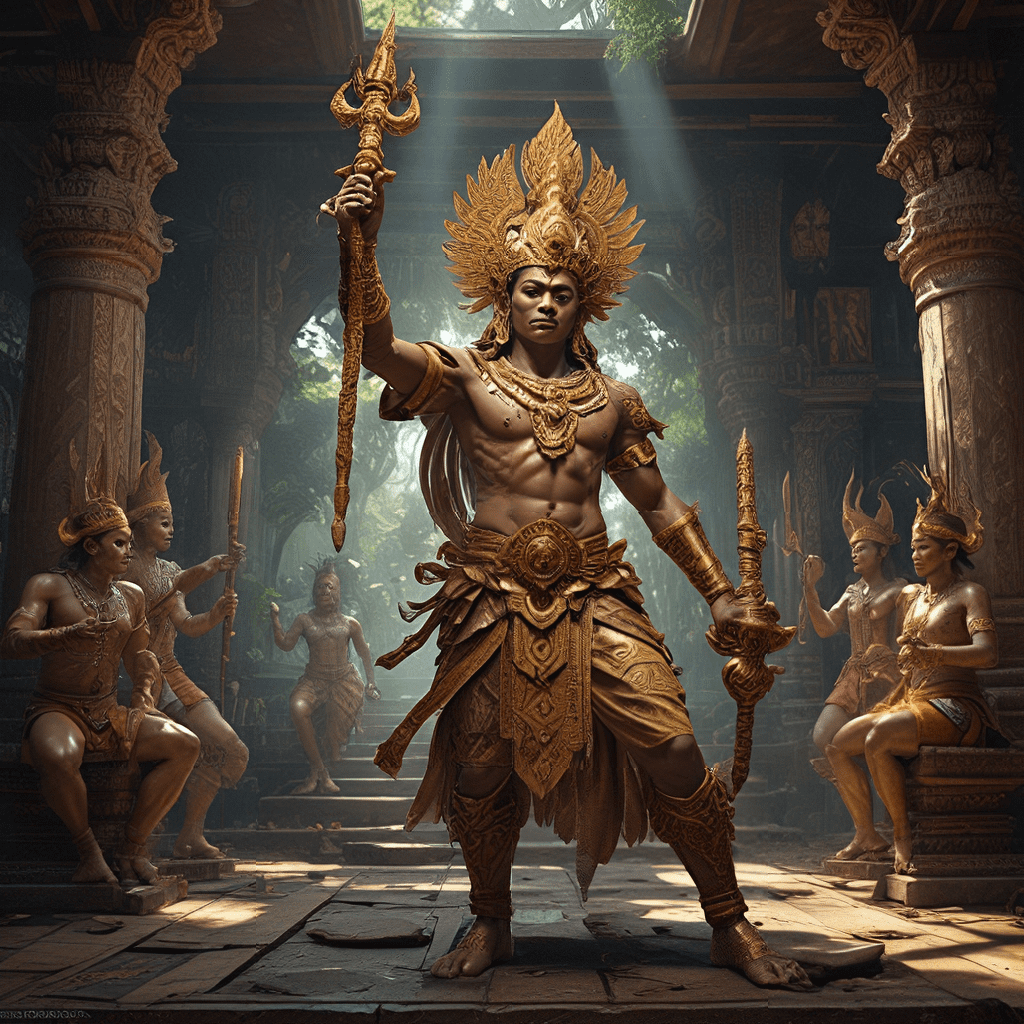Whispers of the Water: Unraveling the Origins and Symbolism of Rusalka Legends
I. Introduction
The Rusalka is a captivating figure in Slavic folklore, embodying the intricate relationship between humans and water. These legends, steeped in mystery and enchantment, reveal much about the cultural significance of water in Slavic societies. As a vital element of life and a source of both sustenance and peril, water plays a crucial role in these narratives. This article aims to delve into the origins and symbolism of Rusalka legends, exploring their historical contexts, characteristics, and enduring relevance.
II. Historical Context of Rusalka Legends
The origins of Rusalka legends can be traced back to ancient Slavic beliefs and rituals. Early mentions of Rusalki appear in various historical texts, showcasing their evolution through oral traditions.
A. Early mentions and sources of Rusalka stories
Literature from the 16th century and earlier folk tales provide insights into the nature of Rusalki. They are often depicted as young women who met untimely deaths, primarily due to drowning or tragic circumstances.
B. Regional variations: Rusalka in different Slavic cultures
- Russia: In Russian folklore, Rusalki are often seen as mischievous spirits, luring men to their watery graves.
- Ukraine: Ukrainian myths portray Rusalki as more benevolent, associated with fertility and the growth of crops.
- Poland: In Polish stories, Rusalki (often called “rusalki”) are connected to the souls of drowned maidens, emphasizing themes of loss and longing.
C. Influence of historical events on the evolution of these legends
Historical events, such as wars and natural disasters, have influenced the portrayal of Rusalki. As communities faced hardship, the narratives surrounding these water spirits adapted, reflecting societal fears and hopes.
III. The Nature of the Rusalka
Understanding the nature of Rusalki requires an examination of their physical characteristics and the transformations they undergo in folklore.
A. Physical characteristics and descriptions of Rusalki
Rusalki are often described as beautiful young women with long hair, which is sometimes depicted as green or flowing like water. Their ethereal beauty is mesmerizing but can also be deceptive.
B. Transformation from maiden to water spirit
A Rusalka is typically a maiden who has died a tragic death, often by drowning. This transformation imbues her with both sorrow and power, as she becomes a guardian of the waters.
C. Different types of Rusalki: benevolent vs. malevolent
- Benevolent Rusalki: These spirits are nurturing and protect the waters, often aiding fishermen and farmers.
- Malevolent Rusalki: In contrast, these Rusalki lure men into the water, embodying the dangers of unbridled desire and the consequences of neglecting the natural world.
IV. The Symbolism of Water in Rusalka Legends
Water is a central theme in Rusalka legends, symbolizing both life and death, nurturing and destruction.
A. Water as a life-giving force and a source of mystery
In Slavic culture, water is revered as a source of life, essential for agriculture and sustenance. However, its unpredictable nature also brings an element of mystery and danger.
B. The duality of water: nurturing vs. destructive qualities
The duality of water is reflected in the nature of Rusalki themselves. While they can represent fertility and growth, they also embody the destructive potential of water, reminding people of the need for respect and caution.
C. Connections to femininity and fertility in Rusalka narratives
Rusalki are often associated with feminine qualities, symbolizing fertility and the cycles of life. Their connection to water reinforces the idea of women as life-givers, while also highlighting the fragility of existence.
V. The Role of Rusalki in Folklore and Community
Rusalki hold a significant place in Slavic folklore, serving various roles in community rituals and moral teachings.
A. Rusalki in rituals and seasonal celebrations
During the Rusalka week in late spring or early summer, communities engage in rituals to honor the spirits of the waters. These celebrations often involve songs, dances, and offerings to appease the Rusalki.
B. The significance of Rusalka festivals in Slavic cultures
Rusalka festivals serve as a reminder of the interconnectedness between humans and nature, fostering a sense of community and shared cultural identity.
C. Role of Rusalki as cautionary figures in moral tales
Rusalki often appear in cautionary tales, warning against the dangers of recklessness, infidelity, and disrespect towards nature. These stories impart moral lessons to the community.
VI. Modern Interpretations and Adaptations
In contemporary culture, the figure of the Rusalka has been reinterpreted and adapted in various forms of art and media.
A. Representation of Rusalki in literature and art
Modern literature and art often explore the themes of Rusalka legends, using them as metaphors for loss, longing, and the complexities of human emotions.
B. The impact of cinema and pop culture on Rusalka myths
Films and television shows have introduced Rusalki to wider audiences, often reimagining them in fantastical contexts while retaining core elements of their traditional narratives.
C. Contemporary relevance and resurgence of interest in Rusalka stories
There has been a resurgence of interest in Rusalka stories, as people seek to connect with their cultural heritage and explore the timeless themes of these legends.
VII. Comparative Analysis with Other Water Spirits
To fully appreciate the significance of Rusalki, it is valuable to compare them with other water spirits from different cultures.
A. Similarities and differences with other water deities across cultures
- Siren (Greek mythology): Like Rusalki, Sirens lure sailors to their doom, representing the dangers of desire.
- Yemaya (African mythology): A nurturing water goddess, Yemaya embodies the life-giving aspects of water, contrasting the malevolent traits of some Rusalki.
B. Understanding the universal themes in water spirit legends
Across cultures, water spirits often symbolize the dual nature of water—its ability to create and destroy. This universality speaks to the shared human experience with nature.
C. Insights gained from cross-cultural comparisons
Analyzing Rusalki alongside other water spirits reveals common themes of femininity, mystery, and the moral implications of human actions towards nature.
VIII. Conclusion
In summary, Rusalka legends are rich with historical significance and cultural symbolism. They reflect the profound relationship between humans and water, serving as reminders of both its nurturing qualities and destructive potential. The enduring legacy of these tales highlights the importance of preserving folklore, as it offers valuable insights into human nature and cultural identity. As we continue to explore and reinterpret these stories, we ensure that the whispers of the water remain alive for future generations.



